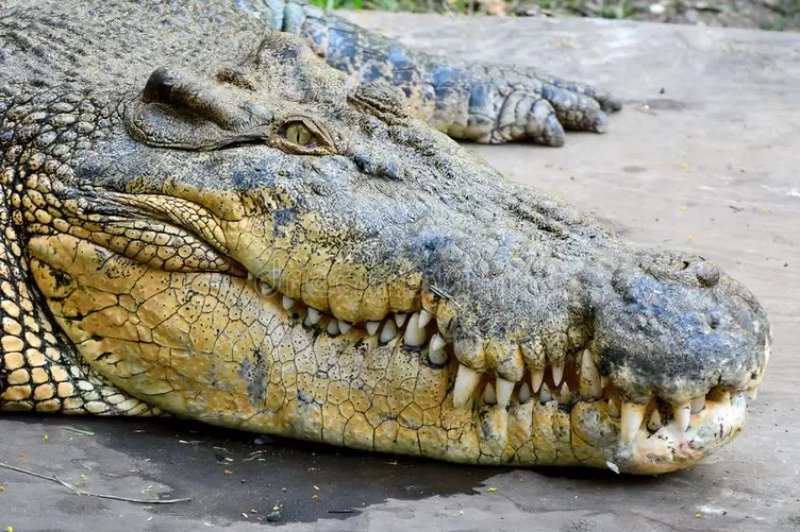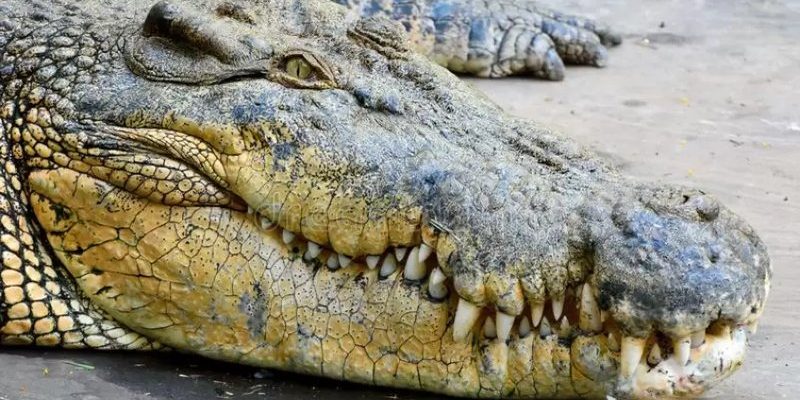
Imagine you’re at a café, sipping coffee, and your friend brings up crocodiles—those scaly, prehistoric-looking reptiles. You probably think about their sharp teeth and stealthy hunting tactics. But have you ever considered that many of the things you believe about crocodiles might not be entirely accurate? In this article, let’s dive deep and clear the water on some common myths and misconceptions about these incredible animals.
Crocodiles and Alligators: The Same Creature?
One popular myth is that crocodiles and alligators are the same. While they do share similarities, they are two distinct species. Crocodiles tend to thrive in saltwater habitats, while alligators prefer freshwater. Think of them like two different styles of sports cars: both fast and sleek, but designed for different environments.
Physical Differences
If you ever spot one of each side by side, the differences become clear. Crocodiles have a V-shaped snout, which is more pointed, while alligators have a U-shaped snout that’s wider. Their color also varies—crocodiles are typically a lighter olive brown, while alligators are darker. It’s like noticing that your friend has a different taste in sneakers compared to you; both can be stylish, but they have their own flair.
Behavioral Discrepancies
Another difference is their behavior. Crocodiles are generally considered more aggressive than alligators. This can be reasoned back to their habitat; saltwater crocodiles often share their space with larger predators, so they need to be a bit more fearless. Remember this next time you hear a scary story about a crocodile—it’s not always just about how dangerous they are; it’s also about where they call home.
Crocodiles Are Cold-Blooded Killing Machines
It’s easy to view crocodiles as ruthless killers, but let’s take a moment to consider their *cold-blooded* nature. While they do hunt, they aren’t constantly on the prowl. Crocodiles are ectothermic—which means they rely on external temperatures to control their body heat. In order to maintain their energy, they spend plenty of time basking in the sun or lounging in cooler water.
Energy Conservation
Think about it this way: if you’re running a marathon in the heat, you wouldn’t sprint the whole way. You’d pace yourself, right? Crocodiles do something similar. Their energy conservation strategy means they hunt less frequently, often relying on ambush tactics. So, while they can snap at a moment’s notice, they’re not as reckless as they may seem.
Role in Ecosystems
Moreover, crocodiles play a crucial role in their ecosystems. They help control fish populations and even create habitats for other wildlife by digging holes in riverbanks. So, while they may be formidable predators, they’re also essential for keeping nature in balance.
All Crocodiles Are Dangerous to Humans
Here’s a common myth: all crocodiles are dangerous to humans. While it’s true that certain species, like the saltwater crocodile, have a reputation for being aggressive, most crocodiles would rather avoid humans altogether. Just like many wild animals, they tend to be wary of us.
Understanding Behavior
If you think about a deer crossing your path in the woods, it’ll typically bolt away rather than charge at you. Crocodiles have a similar instinct. They don’t seek out human encounters. It’s often when they feel threatened or cornered that they react aggressively. Keeping your distance is key, just as you’d respect a bear’s space when hiking in the mountains.
Crocodile Attacks are Rare
Statistics show that fatalities from crocodile attacks are relatively rare compared to other dangers, like car accidents. This doesn’t mean you should go swimming with them, but understanding their behavior can change how we view them. Awareness and respect for their natural habitat can help coexistence.
Crocodiles Can’t Feel Emotions
Another myth floating around is that crocodiles are emotionless creatures. While it’s easy to think of them as armored machines, studies suggest that they do exhibit some level of emotion, particularly when it comes to social interactions.
Parental Care
A good example is crocodile mothers. After laying eggs, female crocodiles are known to exhibit protective behaviors, like guarding their nests and even helping hatchlings reach the water. Think of it as a tough-love parent guiding their child through the world—it’s not all about being fierce.
Social Interactions
Crocodiles also engage in social behaviors. They communicate through a variety of vocalizations, from hissing to growling. This means they have a form of social life, much like we do in our communities. So next time you see one lounging in the sun, remember that there’s more beneath that tough exterior.
They’re Ancient and Unchanging
Many people think crocodiles are like living fossils that haven’t changed for millions of years. While it’s true that they have ancient roots, that doesn’t mean they haven’t evolved. They’ve adapted to their environments over time, just like we’ve changed our habits with technology.
Adaptive Traits
For instance, some species of crocodiles have adapted to thrive in urban areas. They’ve learned to navigate human-altered landscapes, a sign of their resilience. It’s similar to how we adjust to living in cities, changing our lifestyles and habits to fit our surroundings.
Diversity Among Species
There are over 15 species of crocodiles, each with unique traits and behaviors suited to their environments. Just like a family has different personalities, these species have their individual quirks. Some prefer brackish waters, while others are more comfortable in freshwater.
Crocodiles are remarkable creatures that are often misunderstood. From their differences compared to alligators to the way they navigate their ecosystems, there’s so much more to them than the menacing reputation they often carry.
By debunking these common myths and misconceptions, we gain a clearer picture of what crocodiles are really like. They are not just ferocious beasts but intricate parts of their environments that deserve respect and understanding. So, the next time you hear a story about crocodiles, you can dive deeper and share some of this newfound wisdom. Isn’t that what curiosity is all about?

